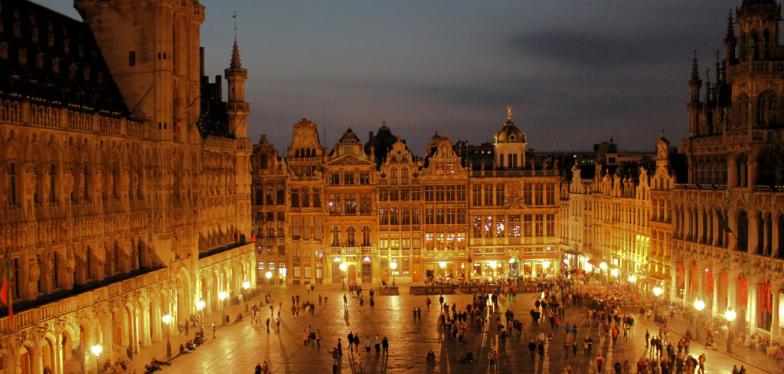The Grand-Place celebrates 20 years as a UNESCO World Heritage site
In 1998, the Grand-Place in Brussels was added to the list of UNESCO World Heritage sites. At the time, the United Nations Educational, Scientific and Cultural Organization saw the most beautiful square in the world as "an outstanding example of the eclectic and highly successful blending of architectural and artistic styles that characterizes the culture and society of this region." This reputation has held true ever since.

To be granted a place on the prestigious "World Heritage List", the site in question must "have outstanding universal value" and meet at least one of the ten detailed selection criteria. The Brussels Grand-Place succeeded brilliantly in this in 1998. According to UNESCO, the Grand-Place site "illustrates in an exceptional way the evolution and achievements of a highly successful mercantile city of northern Europe at the height of its prosperity."
The square has been a marketplace since the 12th century ("Nedermerckt" or "Marché bas") and gradually saw the construction of houses and covered market buildings, originally built in wood. The gothic-style Town Hall was built over three phases in the 15th century. During this period, craft guilds set up in the houses bordering the Grand-Place. It was bombed by the troops of Louis XIV in 1695 and was subsequently almost entirely rebuilt. It then underwent major renovations and modifications during the following centuries.
A number of events have been held over the last few months to celebrate this anniversary. Last spring, seven bronze signs were installed in the seven streets leading to the Grand-Place. This symbol, used to identify assets protected by the World Heritage Convention, was designed 40 years ago, in 1978, by Belgian artist Michel Olyff. It consists of a circle representing the world, with a square inside that symbolises the results of human skill and inspiration. There then followed the publication of a collective work called "Le Monument t'Serclaes, restauration et légendes", under the direction of Paula Cordeiro, manager of the Grand-Place site in the City of Brussels, and a symposium on the archaeological and historical research carried out on the Town Hall over the last few years.
The exhibition marking the 20th anniversary of the Grand-Place becoming a UNESCO World Heritage site has been open since 3 October at the King's House, which for the occasion is housing the authentic statue of Saint Michael, which has been kept at the Town Hall since 1995.